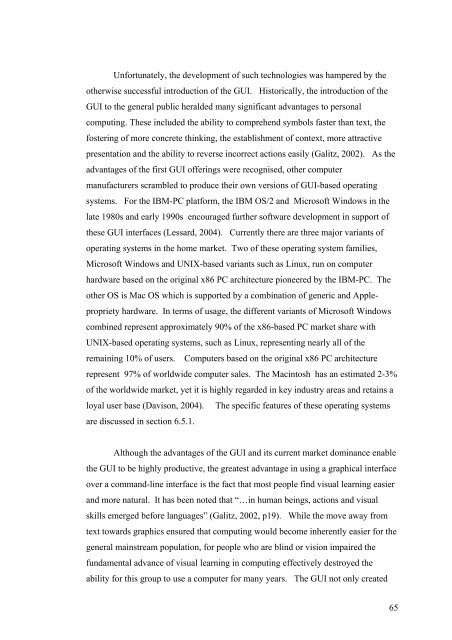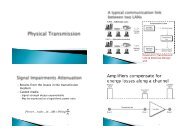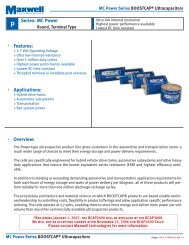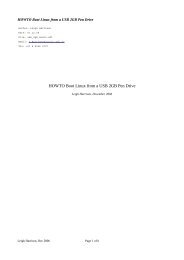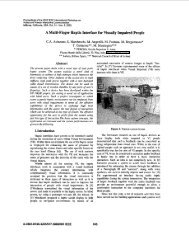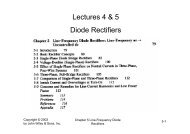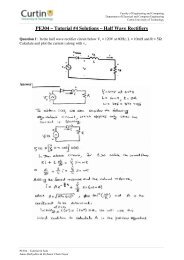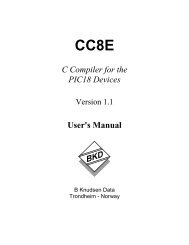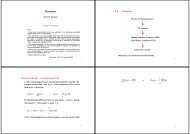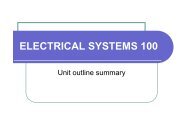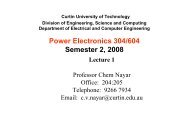2007 PhD Thesis Final Revised.pdf - Curtin University
2007 PhD Thesis Final Revised.pdf - Curtin University
2007 PhD Thesis Final Revised.pdf - Curtin University
Create successful ePaper yourself
Turn your PDF publications into a flip-book with our unique Google optimized e-Paper software.
Unfortunately, the development of such technologies was hampered by the<br />
otherwise successful introduction of the GUI. Historically, the introduction of the<br />
GUI to the general public heralded many significant advantages to personal<br />
computing. These included the ability to comprehend symbols faster than text, the<br />
fostering of more concrete thinking, the establishment of context, more attractive<br />
presentation and the ability to reverse incorrect actions easily (Galitz, 2002). As the<br />
advantages of the first GUI offerings were recognised, other computer<br />
manufacturers scrambled to produce their own versions of GUI-based operating<br />
systems. For the IBM-PC platform, the IBM OS/2 and Microsoft Windows in the<br />
late 1980s and early 1990s encouraged further software development in support of<br />
these GUI interfaces (Lessard, 2004). Currently there are three major variants of<br />
operating systems in the home market. Two of these operating system families,<br />
Microsoft Windows and UNIX-based variants such as Linux, run on computer<br />
hardware based on the original x86 PC architecture pioneered by the IBM-PC. The<br />
other OS is Mac OS which is supported by a combination of generic and Apple-<br />
propriety hardware. In terms of usage, the different variants of Microsoft Windows<br />
combined represent approximately 90% of the x86-based PC market share with<br />
UNIX-based operating systems, such as Linux, representing nearly all of the<br />
remaining 10% of users. Computers based on the original x86 PC architecture<br />
represent 97% of worldwide computer sales. The Macintosh has an estimated 2-3%<br />
of the worldwide market, yet it is highly regarded in key industry areas and retains a<br />
loyal user base (Davison, 2004). The specific features of these operating systems<br />
are discussed in section 6.5.1.<br />
Although the advantages of the GUI and its current market dominance enable<br />
the GUI to be highly productive, the greatest advantage in using a graphical interface<br />
over a command-line interface is the fact that most people find visual learning easier<br />
and more natural. It has been noted that “…in human beings, actions and visual<br />
skills emerged before languages” (Galitz, 2002, p19). While the move away from<br />
text towards graphics ensured that computing would become inherently easier for the<br />
general mainstream population, for people who are blind or vision impaired the<br />
fundamental advance of visual learning in computing effectively destroyed the<br />
ability for this group to use a computer for many years. The GUI not only created<br />
65


